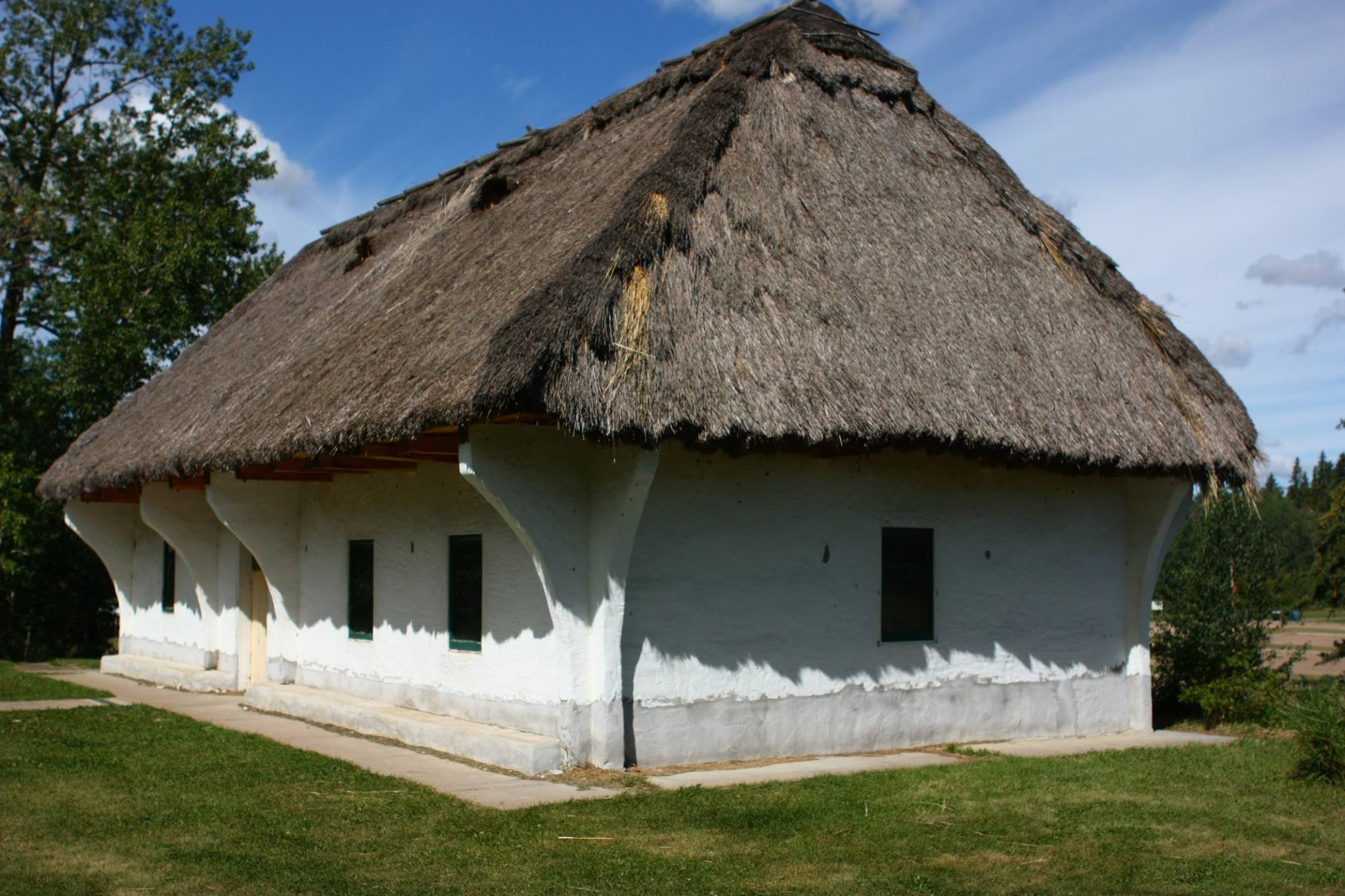Elk Island National Park
Exploring Elk Island National Park: A Hidden Gem of Nature and Conservation
As part of Canada’s federal government’s 150th celebration national parks across the country are free to enter. This is the perfect chance to explore the country’s incredible nature. Elks Island is small and often overlooked despite its bison herds and long conservationist history.
Long inhabited by elk bison and moose this area east of Edmonton was also frequented by the Blackfoot Sarcee and Cree peoples until the arrival of Europeans.
Commercial hunting and subsequent over-hunting by colonisers devastated the animal populations as logging reduced the habitat available as well. A fire in 1894 halted the logging and the area was designated as the Cooking Last Forest Reserve in 1899 but nothing was done to protect the animals. In 1906 five men from Fort Saskatchewan petitioned the federal government to establish an elk sanctuary donating $5000 of their own money. The federal government agreed and Elk Park was set up. In 1913 the park gained federal park status. With the National Parks Act in 1930 the park was renamed Elk Island National Park.
The park became home to lynx coyote beaver porcupine deer elk moose plains and wood bison and a huge bird population. Black bears and timber wolves are also known to wander in and out of the park. Elk Island has had a history of repopulation efforts from its inception and today maintains a seed herd for elk plains bison and wood bison.
While the park began as an elk sanctuary in 1907 the Canadian government bought a herd of 400 plains bison from Montana. They were held at Elk Island while their permanent home was completed. When the herd was moved however between 40-70 bison remained behind as they had evaded capture. The park began to manage the population and today a population of 450 plains bison is maintained. When the herd grows too large the excess animals are sold.
In 1965 23 wood bison were relocated to the south part of Elk Island National Park. The herd is currently has a population of 300-350 animals and they are the most genetically pure wood bison herd left in the world.
Viewing these incredible animals is a major draw for visitors to the park. They are frequently seen as they have free range around most of the park. You can hike bike kayak and canoe in the summer and snowshoe and cross-country ski in the winter. As part of a dark sky preserve it’s an excellent spot for stargazing. There are three campgrounds that are open year round with reservable spots. There are fees but there is potable water and year-round washrooms are provided.
You can also visit the pioneer cabin replica a federal heritage building that is located within the park. It was built in 1951 to honour the Ukrainian-Canadian pioneers who settled in the area. Elk Island is a great place to spend a weekend especially if you’re in Edmonton and don’t want to drive too far. There are lots of activities during the summer and seeing the bison traffic jam is a real treat.


